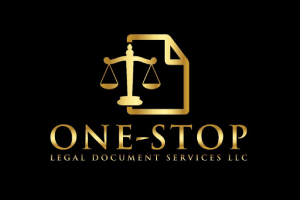The Truth in Lending Act (TILA)
The Truth in Lending Act (TILA) is a federal law that aims to protect consumers from misleading and fraudulent lending practices. TILA requires lenders to make certain disclosures to borrowers about the terms of their loans, including the annual percentage rate (APR), finance charges, and other costs associated with the loan. If lenders fail to comply with TILA’s requirements, borrowers may have recourse through TILA proceedings. In this blog post, we will explore how TILA proceedings work and cite relevant authorities.
TILA proceedings generally begin when a borrower believes that a lender has failed to comply with TILA’s disclosure requirements. The borrower will then typically file a lawsuit against the lender, alleging a violation of TILA. If the borrower can prove that the lender violated TILA, they may be entitled to various remedies under the law, including rescinding the loan, recovering damages, or both.
In TILA proceedings, the burden of proof is on the borrower to show that the lender violated TILA’s disclosure requirements. To prove a violation, the borrower must show that the lender failed to make a required disclosure or made a disclosure that was incorrect or misleading. The borrower must also show that they suffered some harm as a result of the lender’s violation.
Several authorities provide guidance on how TILA proceedings are conducted. The Office of the Comptroller of the Currency (OCC) provides guidance to national banks on how to comply with TILA’s requirements. The OCC’s guidance includes a discussion of how TILA disclosures should be made, what constitutes a “material” disclosure that must be made, and how to calculate the APR for a loan.
The Consumer Financial Protection Bureau (CFPB) is another authority that provides guidance on TILA proceedings. The CFPB is responsible for enforcing TILA and other federal consumer protection laws. The CFPB’s guidance on TILA includes information on how to calculate the finance charges for a loan, how to provide disclosures about adjustable-rate mortgages, and how to disclose prepayment penalties.
Courts are also an important authority in TILA proceedings. Courts have interpreted TILA’s requirements and have the power to enforce the law and award remedies to borrowers who have been harmed by a lender’s failure to comply with TILA. For example, in the case of Jackson v. Saxon Mortgage Services, Inc., the court found that the lender had failed to make certain required TILA disclosures and awarded the borrower statutory damages and attorney’s fees.
In conclusion, TILA proceedings are an important means for borrowers to seek redress when they believe that a lender has violated TILA’s disclosure requirements. The OCC, CFPB, and courts provide guidance and interpretation of TILA’s requirements, which can be helpful for borrowers in pursuing TILA claims. It is important for borrowers to understand their rights under TILA and to seek legal counsel if they believe that they have been the victim of a lender’s deceptive or misleading lending practices.


